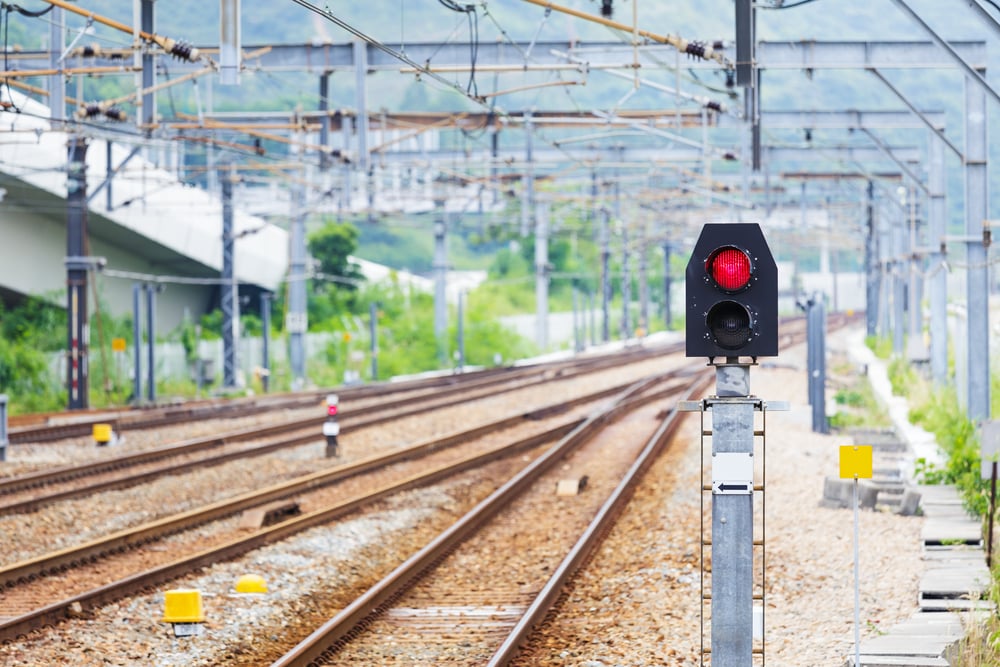Many of our clients based locally operate in the rail industry supply chain and are involved in the development of infrastructure, train maintenance equipment and the trains themselves. Arguably the rail industry in the UK has suffered from under investment in recent years. This has led to R&D being undertaken by our clients to help the network to be maintained more efficiently, to improve the efficiency and quality of trains and also to modernise the actual tracks. The rail industry is a heavily regulated area, which itself often leads to R&D being required to ensure ongoing compliance with a variety of requirements.
However, we often come across activities that lead to successful R&D tax relief claims in the rail industry supply chain.
Carriage heating and air conditioning units for over and underground trains
There are many regulatory restrictions on the type of heating and cooling units which can be used in train carriages. In addition, there are often limitations in terms of the space the units can take up and the maximum surface temperature they can reach. Also, in many cases train companies prefer to recondition existing train units rather than build new ones from scratch. All these restrictions necessitate R&D regarding heating systems to ensure the appropriate carriage temperature can be met and maintained.
Innovation to reduce the number of points failures
One of the leading causes of delayed trains is points failure. Innovation in this area to remove human error in the positioning of the switches has led to the development of new technology which contributes to a more efficient railway.
New generation of switches and crossings
In the last few years Network Rail has introduced a new generation of switches and crossings to the railway. This had led to innovation to ensure these new switches and crossings integrate fully with the rest of the track.
Swift replacement of fixtures
When work is undertaken on the railway which necessitate the closure of lines, strict timetables will be put in place and fines charged if the deadlines for completing the work are not met. Problems removing specific components which need to be replaced were a common cause of such delays and R&D was undertaken improve maintenance equipment to reduce the time this takes, thus minimising overruns.
Maintenance apparatus
Significant R&D was undertaken to enable the development of apparatus with the ability to transfer heavier trains. In addition, work was carried out to improve turntables. Both of these developments increase the efficiency of freight management.
Software
New software was developed to improve the training given to train drivers by using virtual environments.
The above are just a few examples of specific claims we encounter in one industry, the rail industry. There are many other examples for different industries, for example, precision engineering, medical components and the automotive industry, which we will cover in future articles.
We have produced a range of guides, covering R&D Tax Relief, which are available for download within our resource library. If you wish to discuss claiming R&D tax relief with a member of our team, then please get in touch and arrange your free, no obligation consultation.

Other recent articles:



